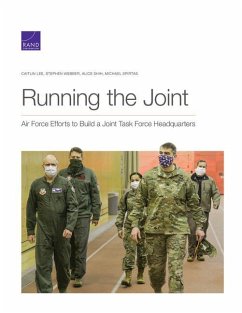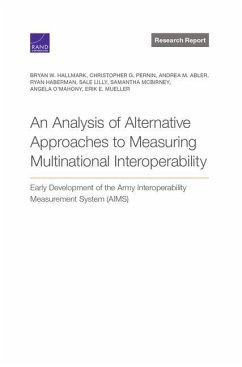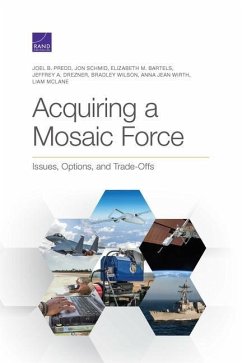
Aligning Roles and Missions for Future Multidomain Warfare
Versandkostenfrei!
Versandfertig in über 4 Wochen
43,99 €
inkl. MwSt.

PAYBACK Punkte
22 °P sammeln!
The authors identified disputes among roles, missions, and functions (RMF) that have endured as problems for the U.S. Air Force, factors associated with major RMF changes, and reasons why reform efforts failed. In crafting a framework for analyzing the RMF implications of strategic-level guidance and emerging operational concepts, the authors considered how future leadership choices will influence relative attractiveness of RMF courses of action.












